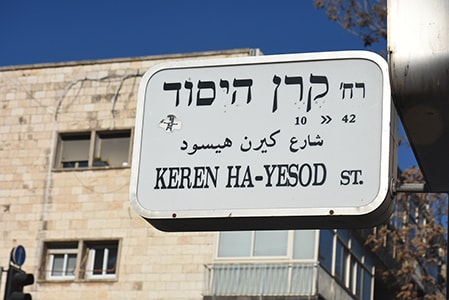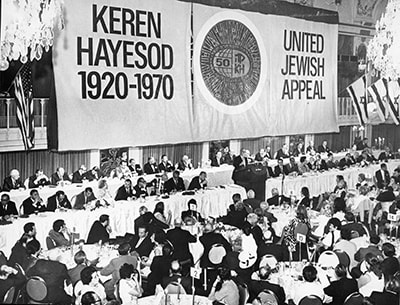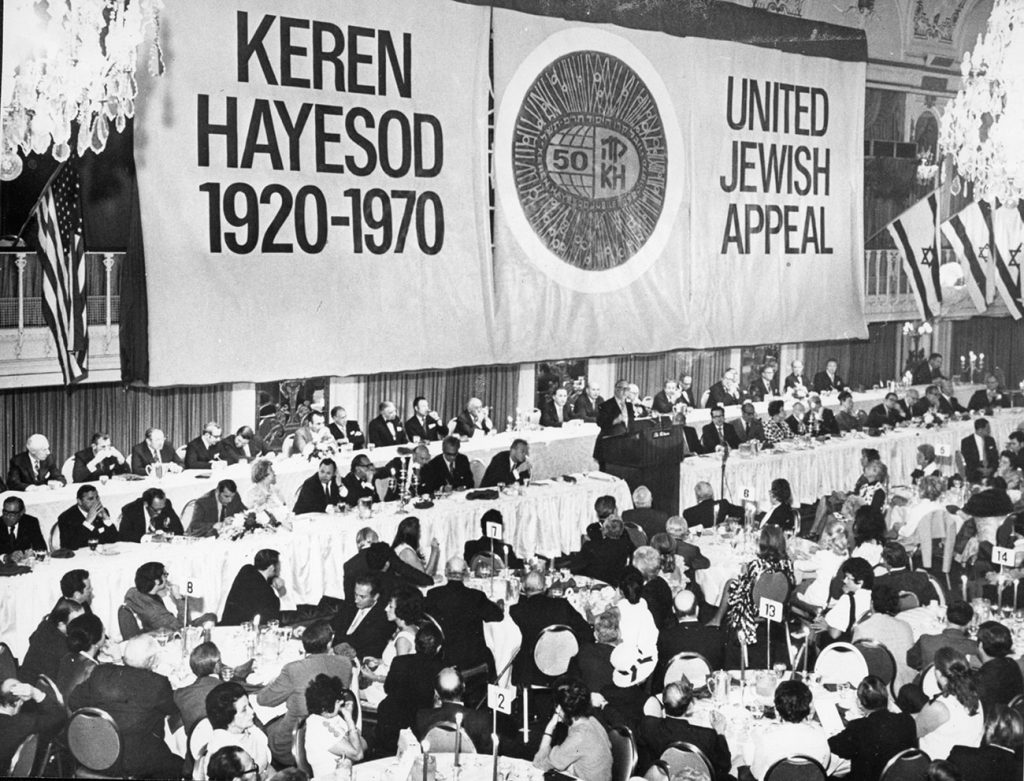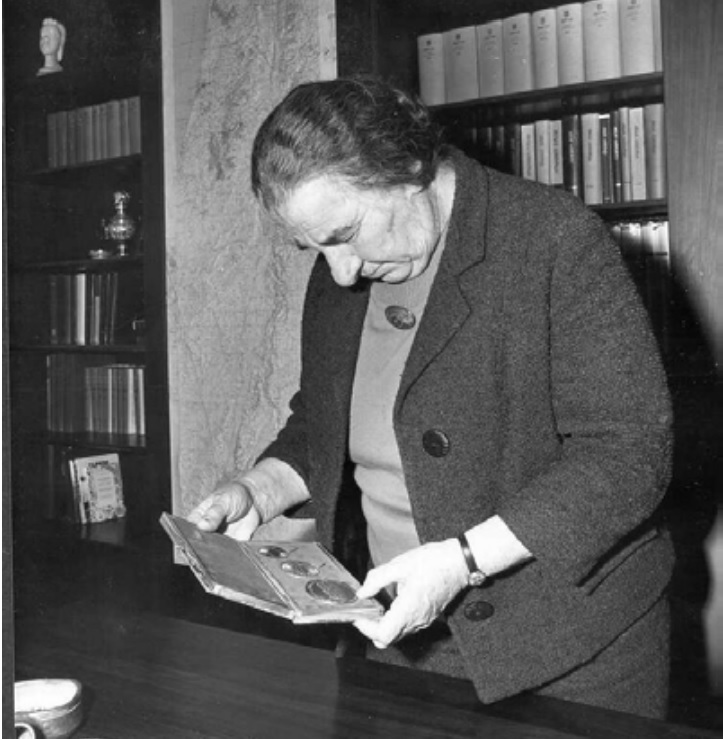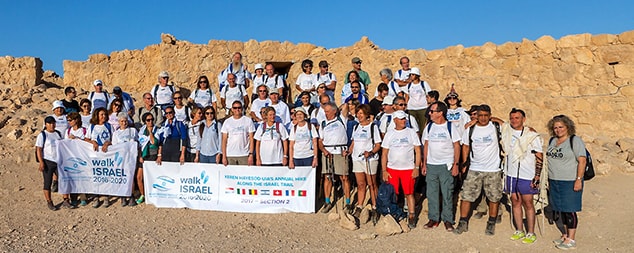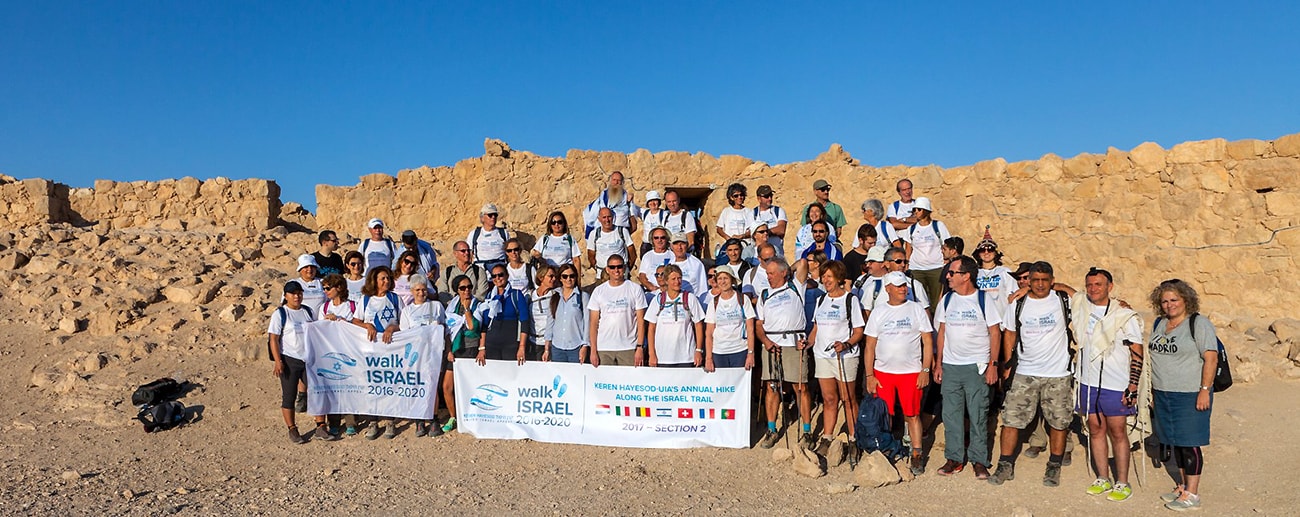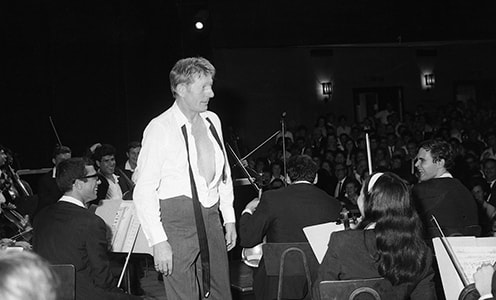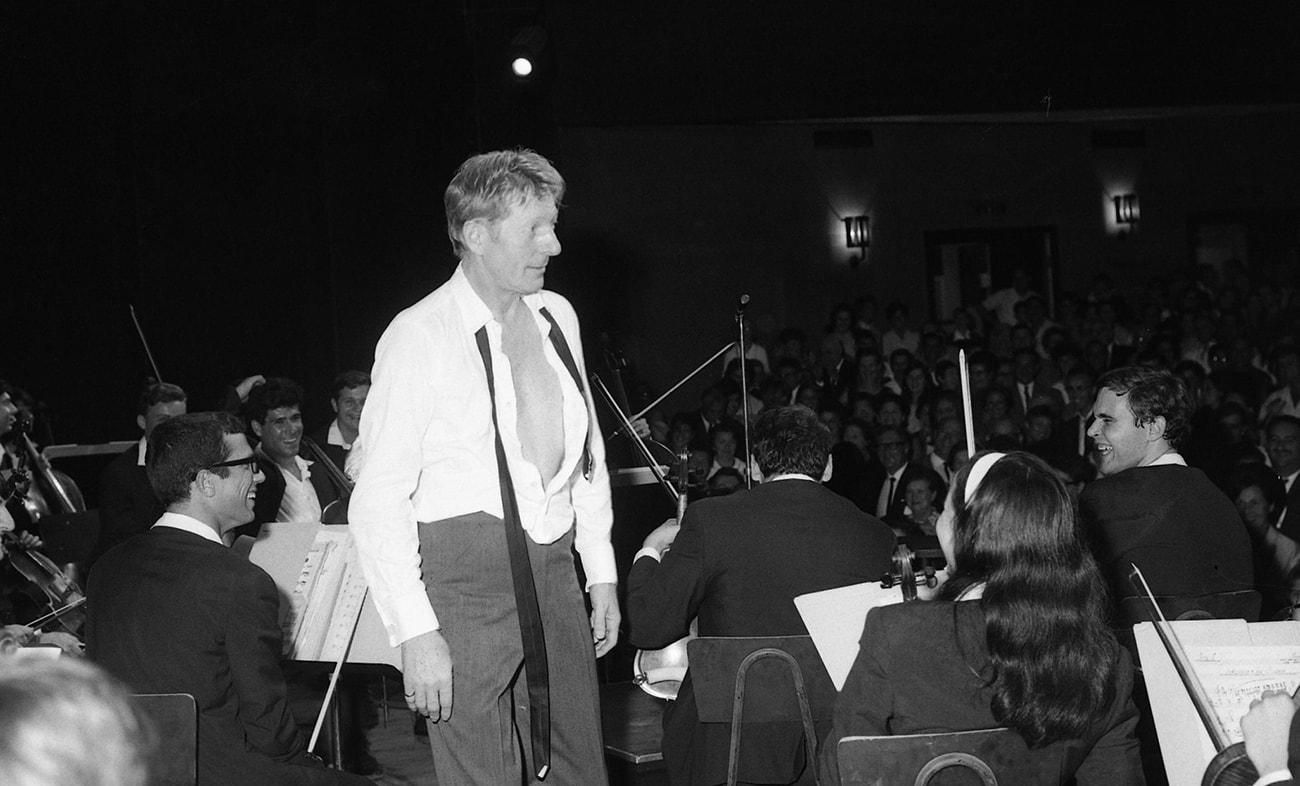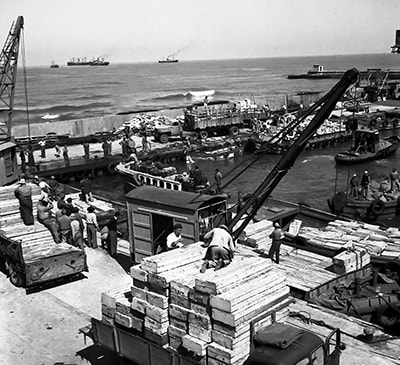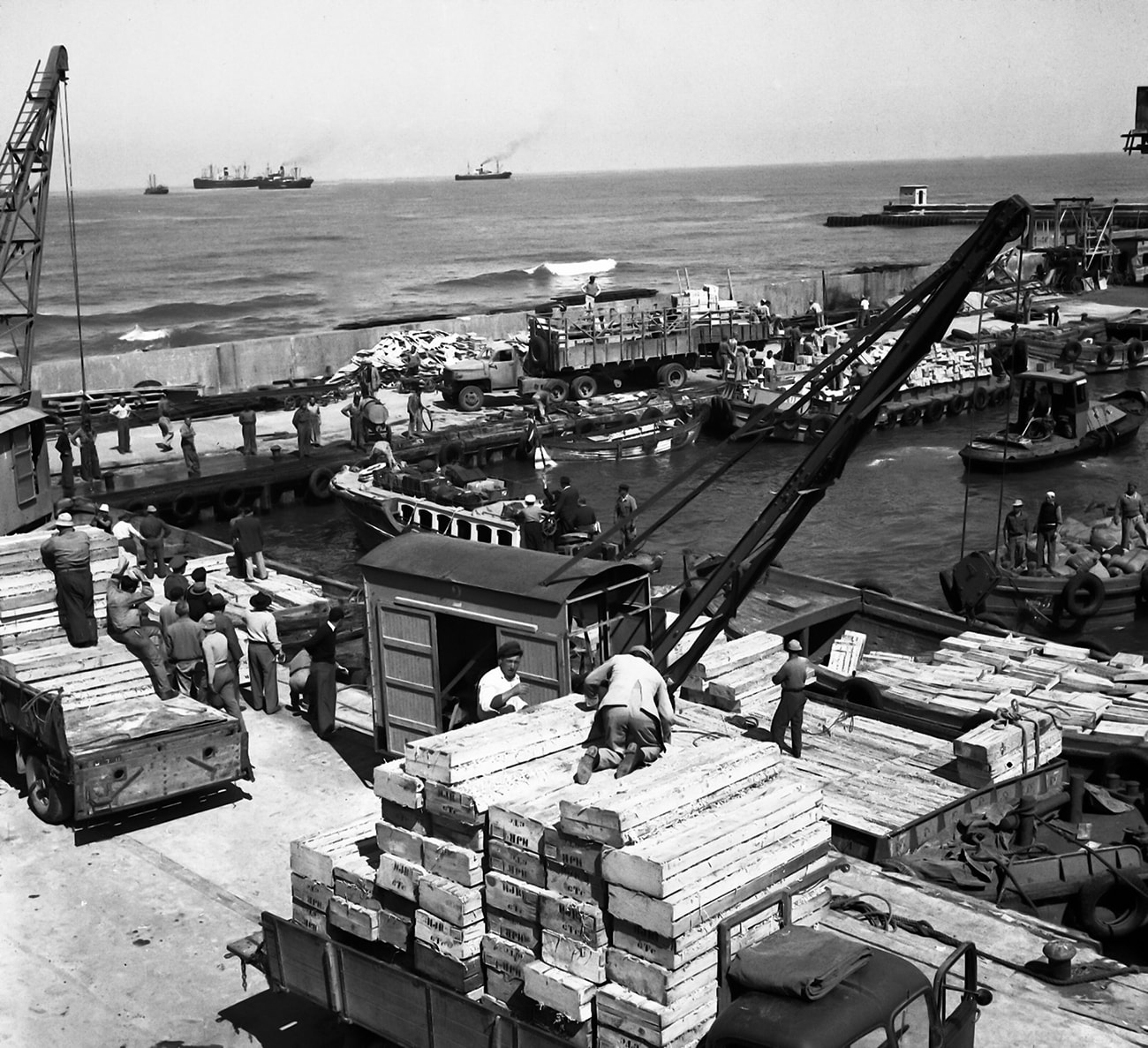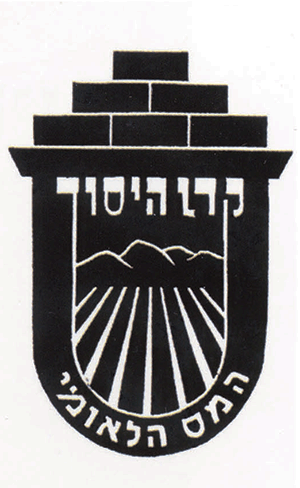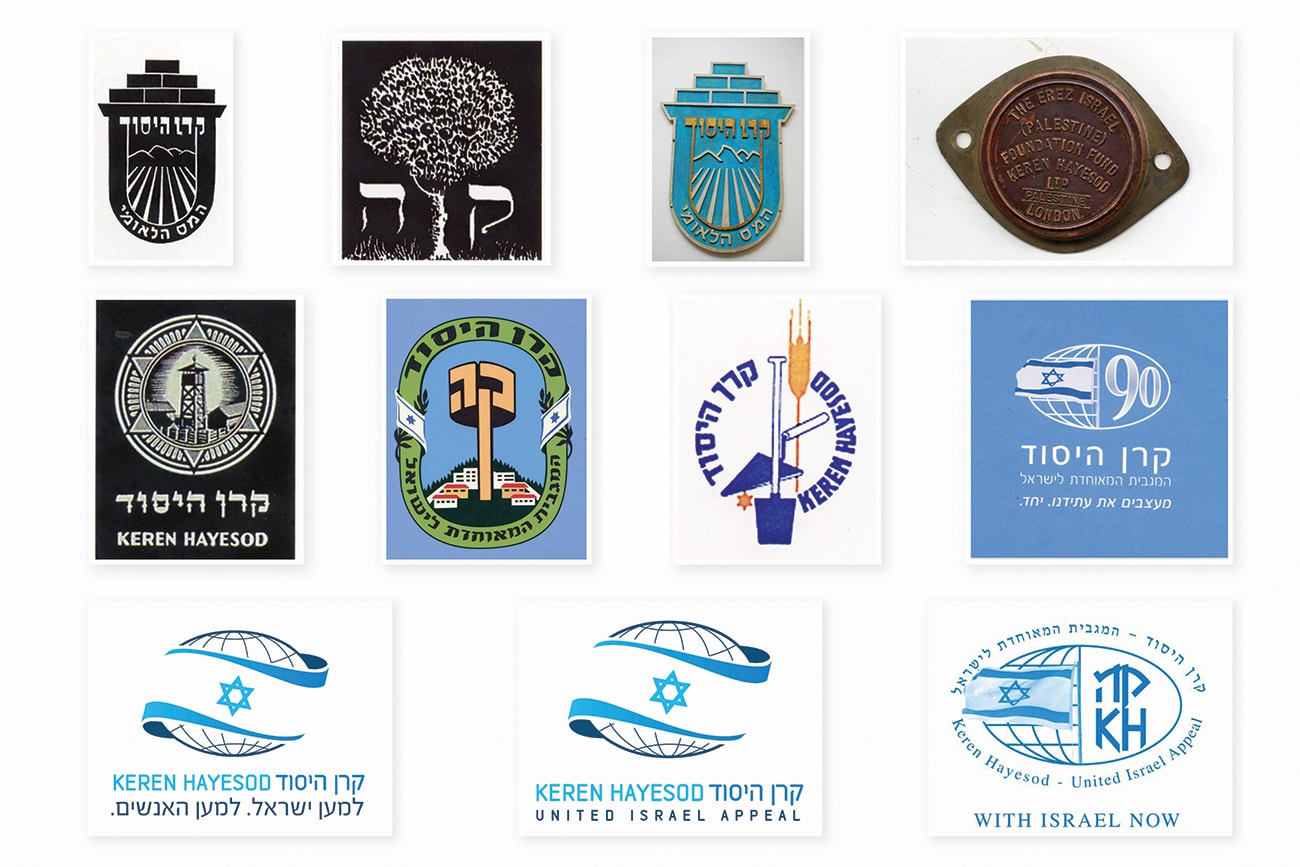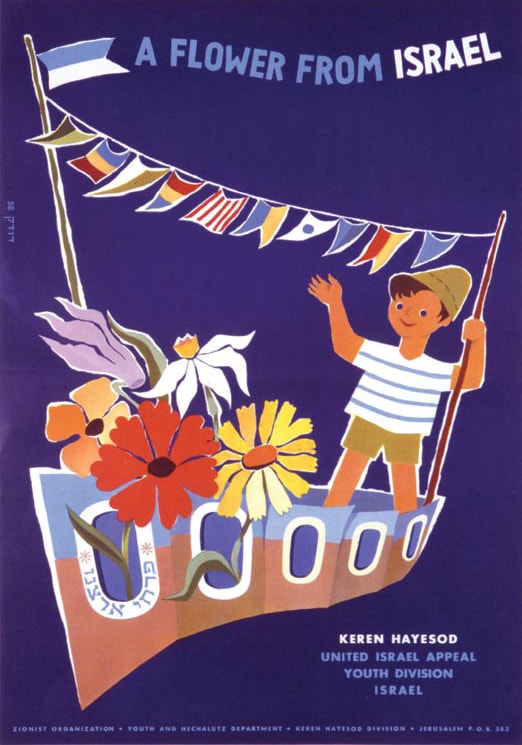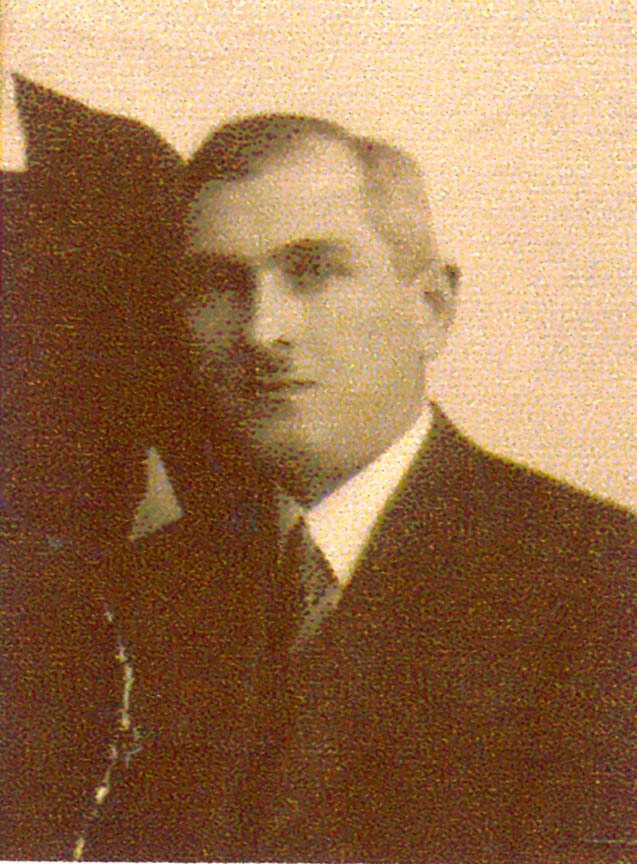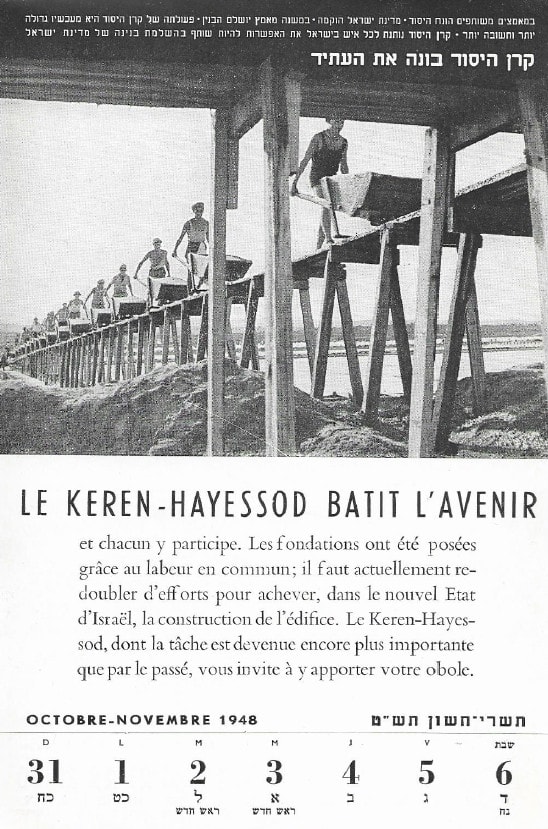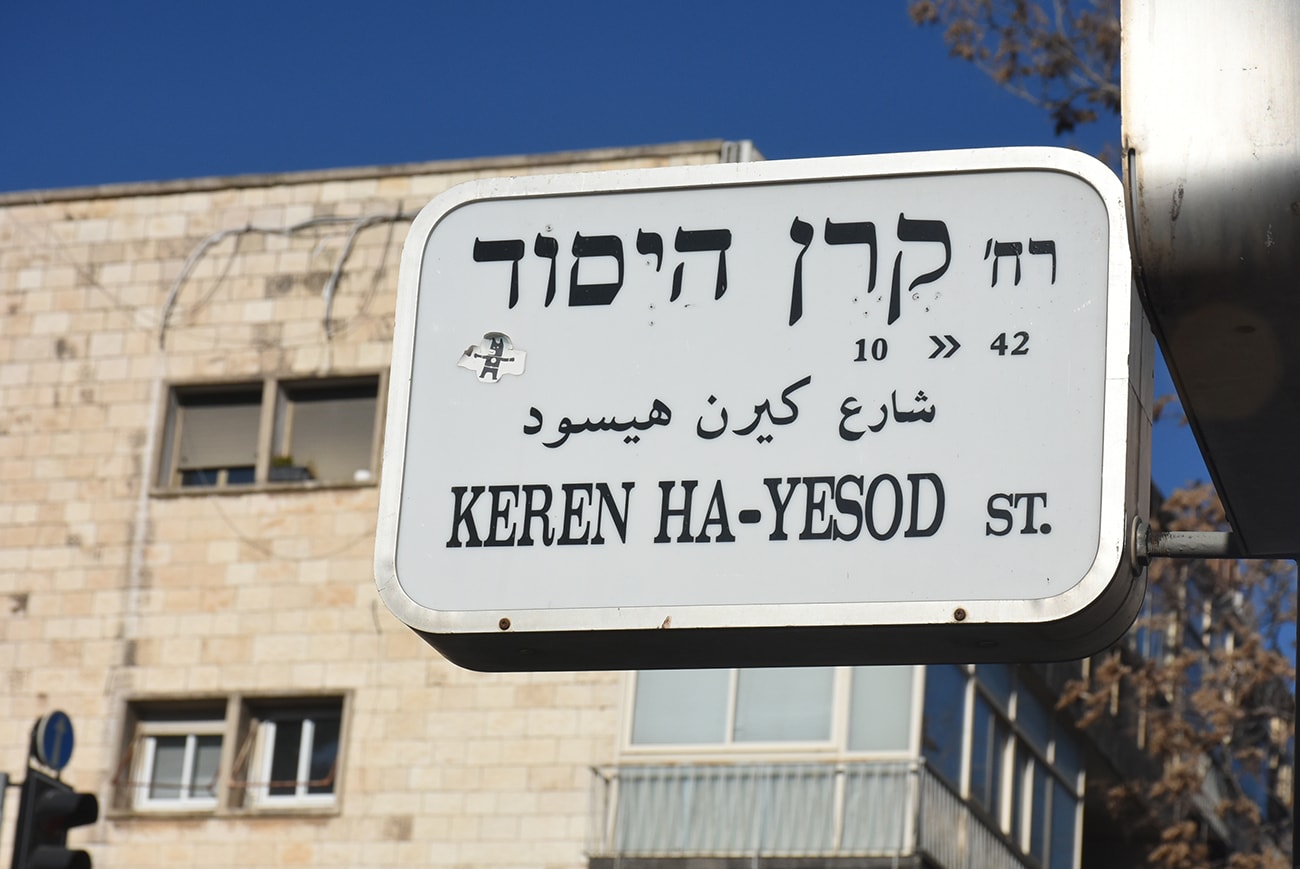
Ask any Israeli about Keren Hayesod and they are likely to think you are asking for directions to the nearest street bearing that name. Why? Because almost every city in Israel has a street named “Keren Hayesod”. In appreciation to the donors and to the organization, almost every city in Israel has chosen to recognize Keren Hayesod’s significance and to name a major street in its honor. You can find these streets if you stroll through Jerusalem, Tel Aviv, Haifa, Be’er Sheva, Ramat Gan, Ramat Hasharon, Herzliya, Givatayim, Petah Tikva, Kfar Saba, Kiryat Shemona, Mazkeret Batya, Netanya, Afula, Tirat HaCarmel, Kfar Shmaryahu, Be’er Yaacov, Ashdod, Holon, Safed, Sderot – and the list goes on. On your next visit to Israel, go see one of the Keren Hayesod streets!
Photo: Street bearing the name of Keren Hayesod in Jerusalem
